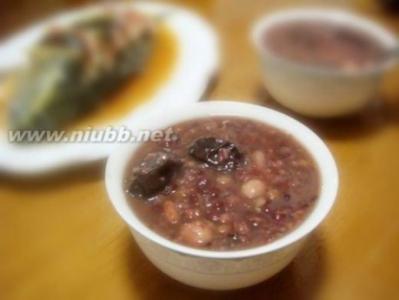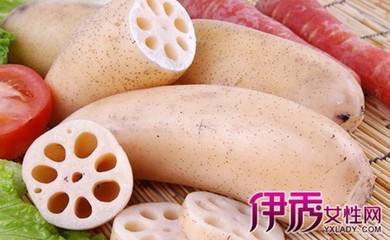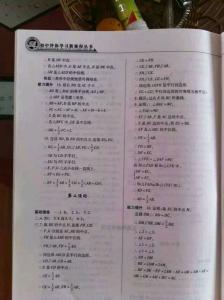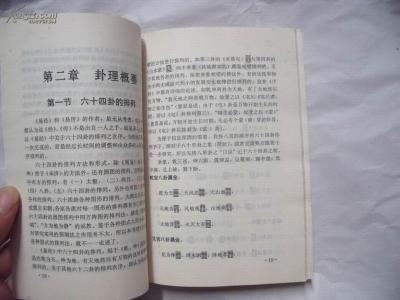十二月初八,是我国传统的腊八节。很多朋友早上喝腊八粥了,可你知道为啥要喝腊八粥吗?腊八节喝“腊八粥”的习俗由来已久。普通民众用“腊八粥”祭祀五谷之神、祖先;佛教徒用腊八粥供佛、纪念;不少寺院则在腊八节施腊八粥给信众、穷人,说吃此粥可以得到佛祖的保佑。那就看看用英语怎么介绍腊八粥吧?
Labazhou, a kind of rice porridge, is traditionally served on the eighth day of the 12th lunar month.
Since ba, the number eight, has very good connotations in Chinese, Labazhou is also known as eight treasure porridge —Babaozhou.
Here eight does not necessarily mean exactly eight; it just means many.
The dish is also tasty, with its combination of colourful and sweet ingredients. Eating it is not limited to only the eighth day of the 12th month. Chinese people enjoy eight treasure porridge throughout theyear.

The common way of making Labazhou are to boil rice, millet, glutinous millet, glutinous rice, chestnuts and dried dates. Then, add peanuts, almonds, walnuts, melon - seed kernels, dried fruits and brown sugar to make the gruel not only delicious but also nutritious.
It is not certain whether Babaozhou originated in China. But one thing is for sure— the history of Labazhou can be traced back to ancient times, when the eighth day of the 12th lunar month was considered a day for animal sacrifice.
The introduction of Labazhou on this day was first observed in the Song Dynasty (960—1279), some 1,000 years ago.According to written records, large Buddhist temples would offer rice porridge, with other spices, on the eighth day of the 12th lunar month, a Buddhist festival day for followers to show their faith to Buddha.
By the Ming Dynasty (1368—1644), Labazhou had become such a holy food that it was a customary festival gift the emperors offered to their officials.
As Labazhou gained the favour of the feudal upper class, it quickly became popular throughout the country.
The ingredients used in Labazhou are unlimited. It can include anything one deems precious, nutritious, tasty or good for the health.
The recipe given just now is an average meal. However,you might also want to add red beans, pine nuts, or more expensive lotus seeds, lily,ginkgo seeds and longan.
Labazhou is billed by traditional Chinese medicine as a health food that is particularly good for the spleen, stomach and blood.
 爱华网
爱华网



